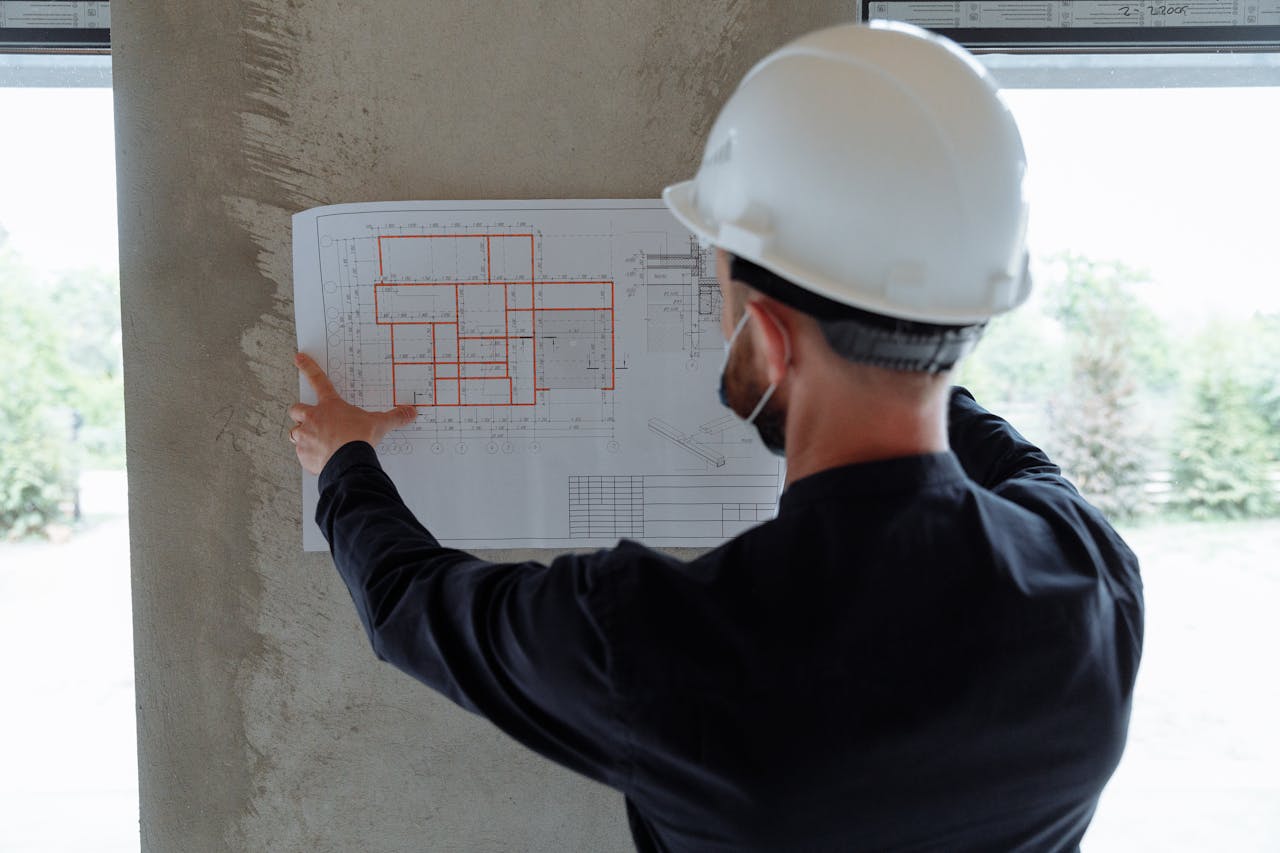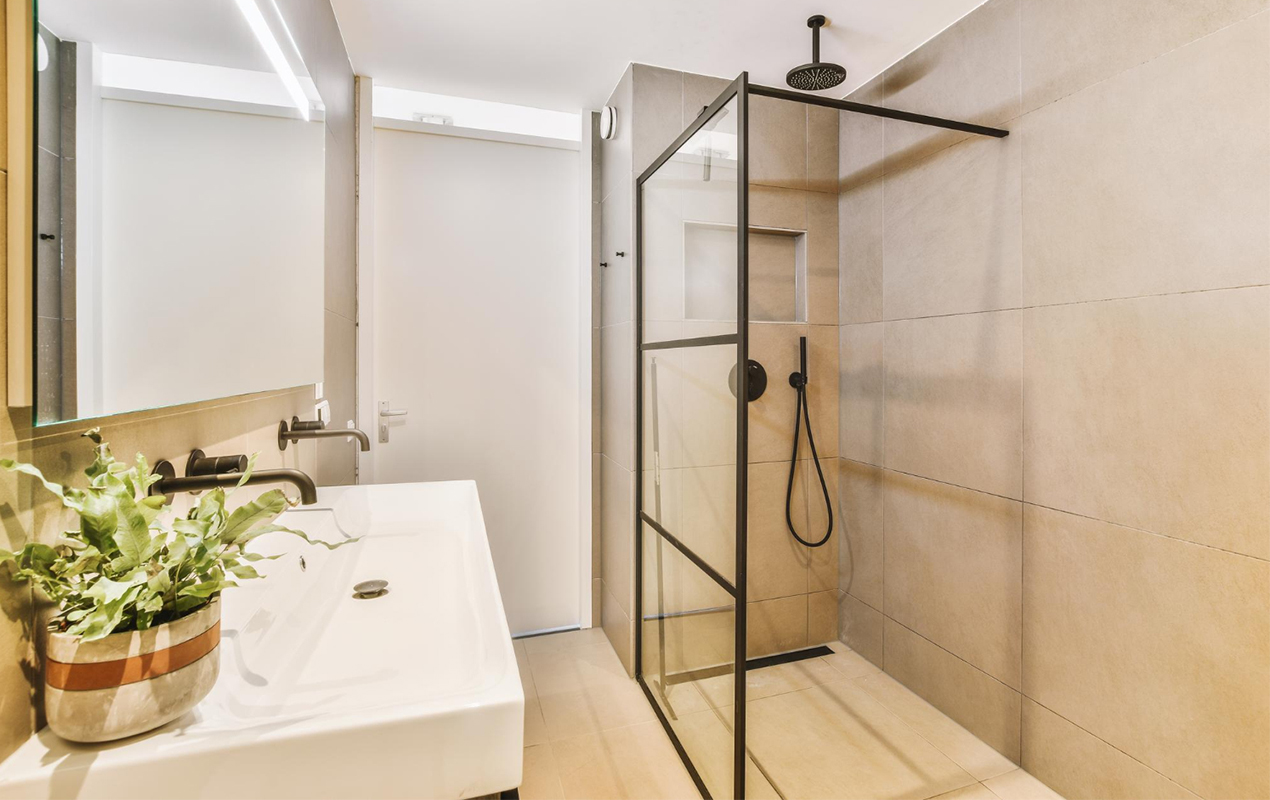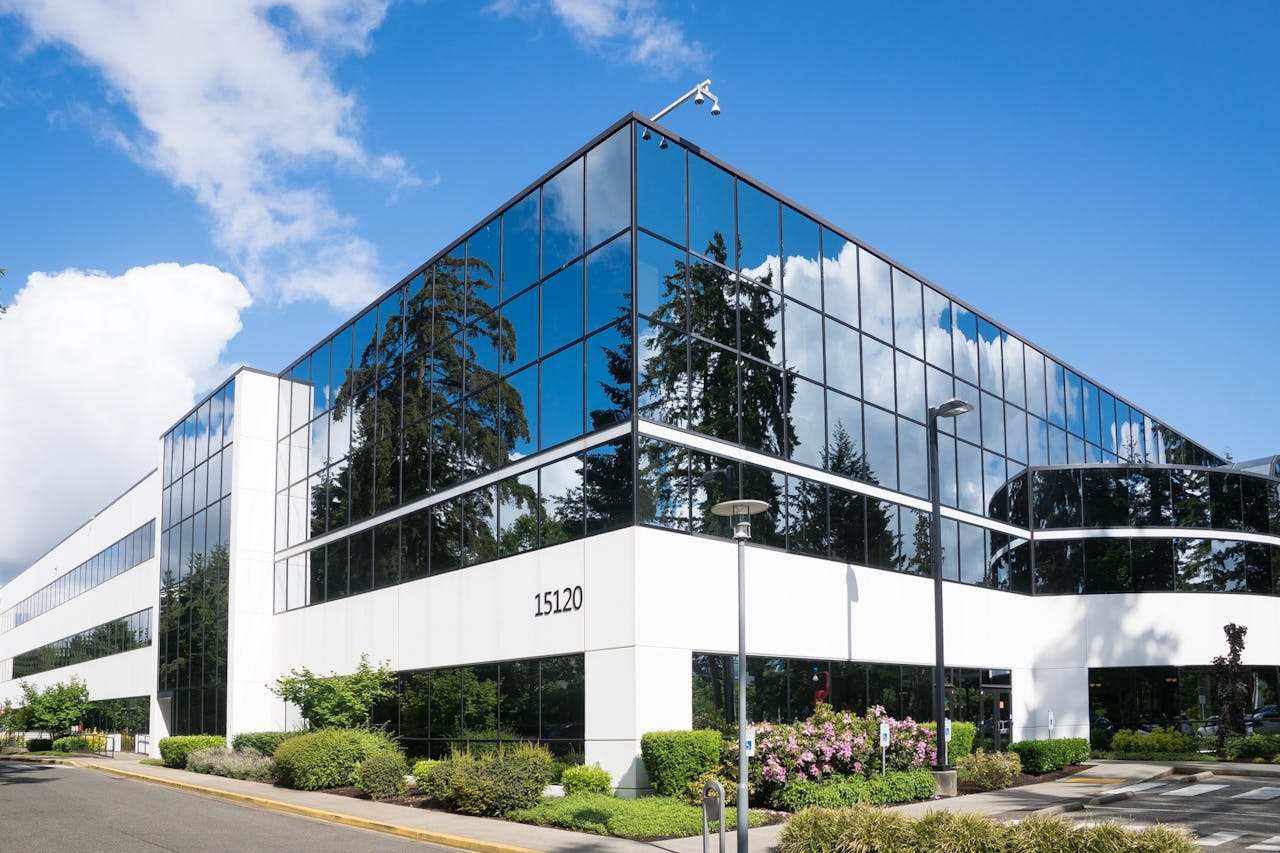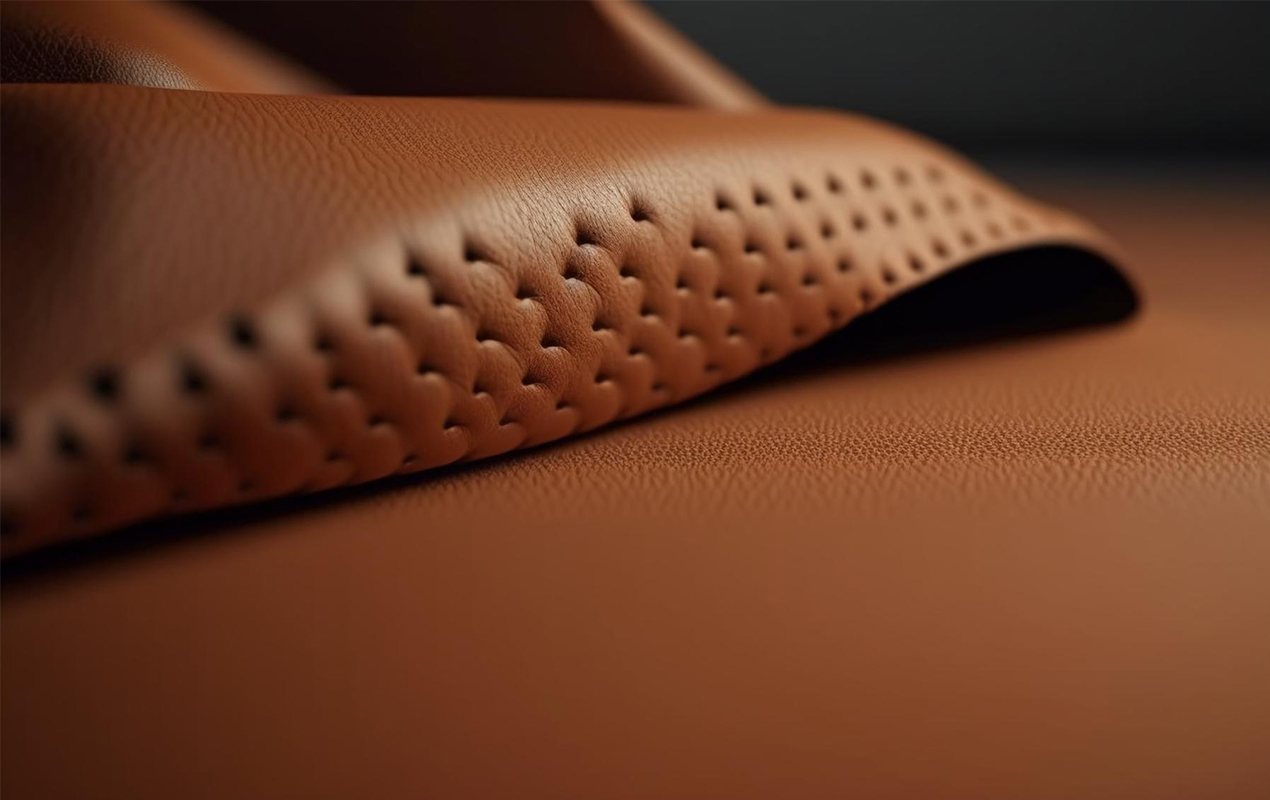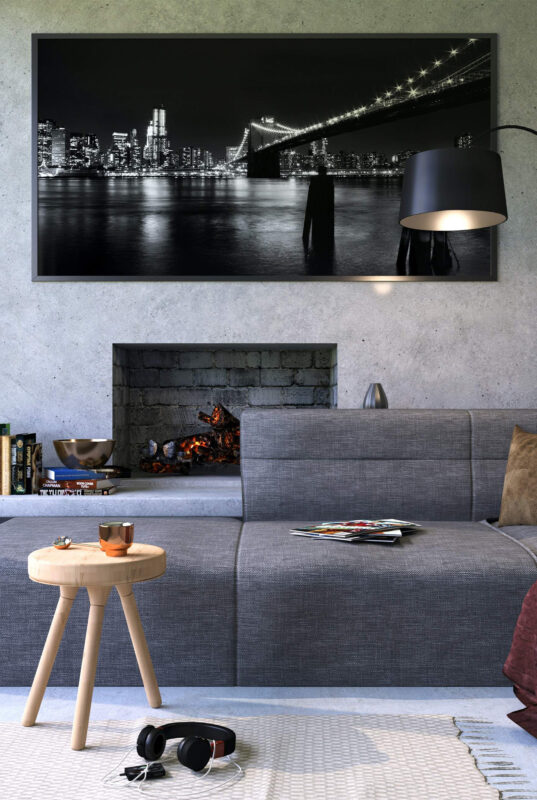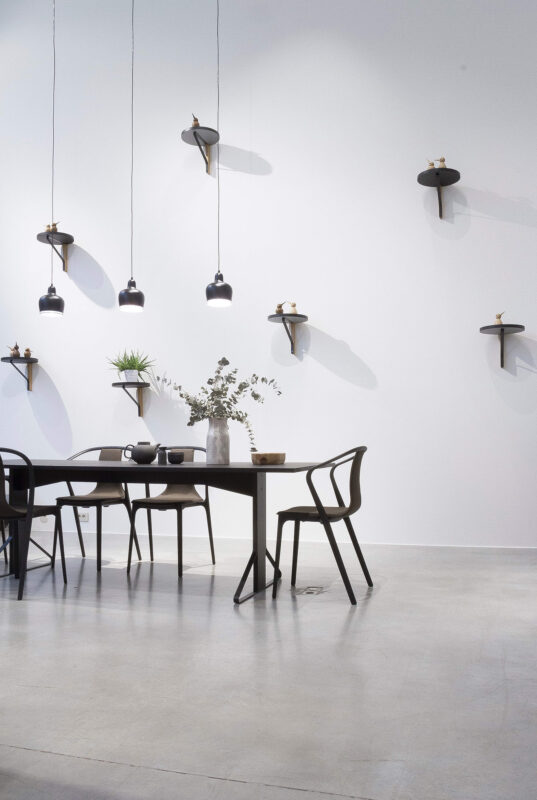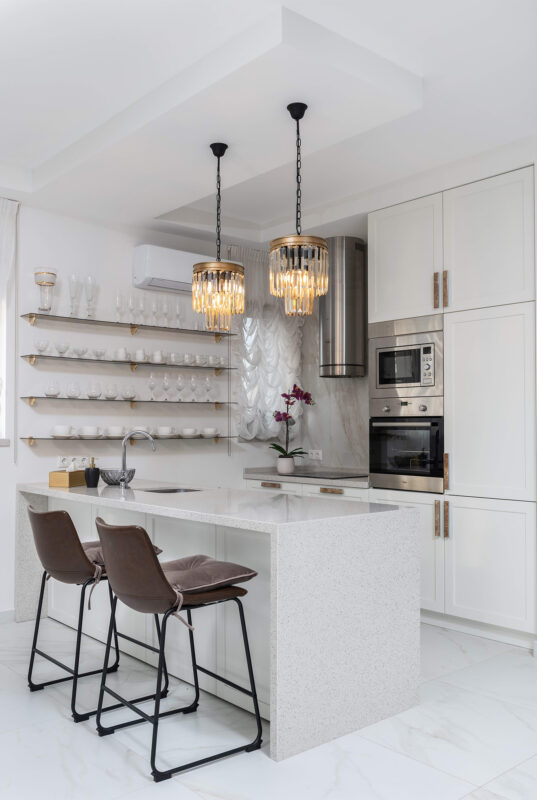Blog
How Building Envelope Systems Improve Energy Efficiency in Modern Homes
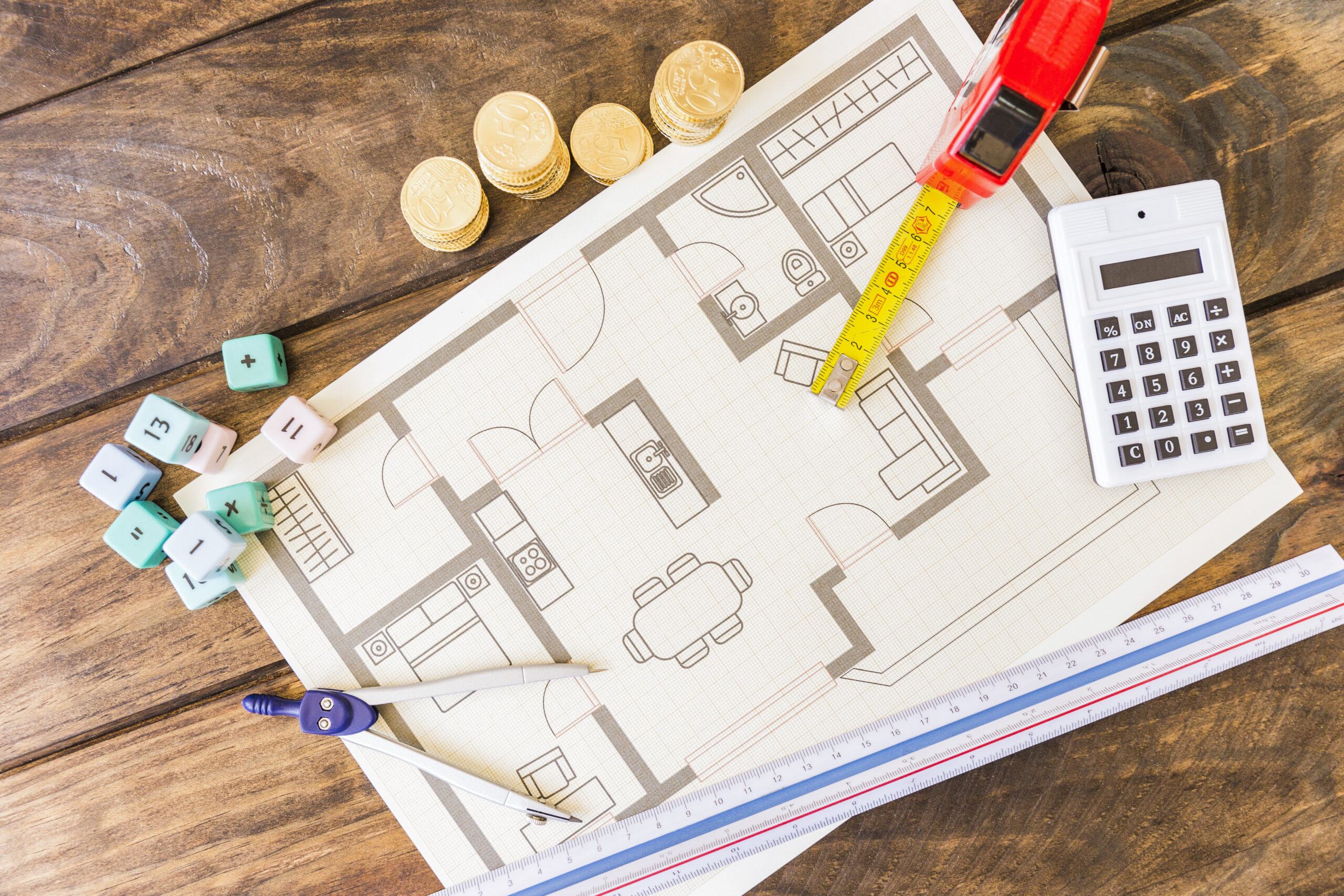
Building envelope systems are crucial for enhancing energy efficiency in modern construction by reducing heat loss, controlling air infiltration, and improving insulation. Key components like walls, roofs, windows, and doors work together to create a thermal barrier, significantly lowering heating and cooling costs. Advanced materials and professional design further optimize performance, ensuring sustainability and comfort. By understanding these systems, builders, homeowners, and architects can create structures that are both energy-efficient and durable, meeting the demands of today’s eco-conscious world.
Why Building Envelopes Are the Backbone of Energy Efficiency
The building envelope is far more than just the outer shell of a structure – it’s the first line of defense against energy loss and environmental challenges. A well-designed envelope plays a pivotal role in regulating temperature, controlling airflow, and managing moisture, all of which directly impact energy efficiency. Here’s why it’s considered the backbone of modern construction:
1. Reducing Energy Consumption
A high-performance building envelope minimizes heat transfer, ensuring that conditioned air stays inside and external temperatures stay out:
- Prevents heat loss in colder climates, reducing heating costs.
- Blocks excessive heat gain in warmer regions, lowering cooling demands.
- Creates a consistent indoor climate, reducing reliance on HVAC systems.
2. Enhancing Occupant Comfort
Energy efficiency isn’t just about saving money – it’s also about improving the quality of life for occupants:
- Eliminates drafts and cold spots caused by air leaks.
- Maintains stable humidity levels, preventing issues like mold or dryness.
- Provides better acoustics by reducing noise infiltration from outside.
3. Supporting Sustainability Goals
As the world shifts toward greener construction practices, building envelopes are at the forefront of sustainability efforts:
- Reduces a building’s carbon footprint by lowering energy usage.
- Aligns with green certifications like LEED (Leadership in Energy and Environmental Design).
- Contributes to long-term durability, minimizing resource waste over time.
Small upgrades, such as adding proper insulation or sealing gaps around windows and doors, can measurably improve a building envelope’s performance without major renovations.
By understanding the critical role of building envelopes, architects, builders, and homeowners can make informed decisions that prioritize energy efficiency and occupant well-being. This is where a building envelope solution can deliver measurable performance improvements.
Innovative Materials Revolutionizing Building Envelope Design
The evolution of building envelope systems has been driven by advancements in materials that enhance energy efficiency, durability, and sustainability. These innovative materials are transforming how architects and builders approach design, offering smarter solutions for modern construction challenges. Below is a breakdown of some of the most impactful materials and their benefits:
| Material | Key Benefits | Best Use Cases |
|---|---|---|
| Mineral Wool Insulation | Superior thermal and acoustic insulation. Fire-resistant and moisture-wicking properties. | High-rise buildings requiring fire safety compliance. Noise-sensitive environments. |
| Rainscreen Systems | Creates a ventilated barrier to prevent moisture intrusion. Enhances durability of exterior walls. | Buildings in wet or humid climates. Projects prioritizing moisture control. |
| Transparent Aluminum | Combines strength with transparency for high-security applications. Resists impacts and extreme weather. | Security-focused structures like banks or government facilities. Modern architectural facades. |
| Photovoltaic Glass | Generates electricity while allowing natural light transmission. Reduces reliance on external power sources. | Energy-generating facades. Net-zero energy buildings. |
| Self-Healing Concrete | Automatically repairs cracks using embedded bacteria or polymers. Extends the lifespan of structures. | Infrastructure projects like bridges and tunnels. Long-term durability-focused designs. |
| Dynamic Insulation Panels | Adjusts thermal resistance based on environmental conditions. Optimizes energy efficiency year-round. | Adaptive climate-responsive buildings. Extreme weather regions. |
| Graphene Coatings | Ultra-thin, lightweight, and highly conductive. Enhances structural integrity and corrosion resistance. | Marine and coastal structures. High-performance industrial applications. |
These cutting-edge materials represent the future of building envelope design, addressing complex challenges such as energy efficiency, durability, and sustainability in innovative ways. For example:
- Transparent Aluminum offers a futuristic blend of security and aesthetics, ideal for high-impact environments.
- Photovoltaic Glass transforms building exteriors into energy-generating assets, supporting renewable energy goals.
- Self-Healing Concrete revolutionizes infrastructure longevity by reducing maintenance costs and environmental impact.
- Dynamic Insulation Panels adapt to changing conditions, ensuring optimal performance in diverse climates.
By embracing these advanced materials, architects and builders can create structures that are not only energy-efficient but also resilient and adaptable to future demands. Selecting the right material requires careful consideration of factors like climate, budget, and project goals – partnering with experts can help identify tailored solutions.
How Climate Impacts Building Envelope Performance
Climate plays a critical role in determining the effectiveness of a building envelope. The same design that works in a cold, snowy region may fail in a hot, humid environment. Understanding these regional differences is key to optimizing energy efficiency and durability. Here’s how climate influences building envelope performance:
Cold Climates
- Challenge: Heat loss through walls, roofs, and windows is a major concern.
- Solution: Use materials with high thermal resistance (e.g., vacuum insulated panels) and ensure airtight seals to prevent drafts.
Hot and Humid Climates
- Challenge: Excessive heat gain and moisture infiltration can strain cooling systems and lead to mold growth.
- Solution: Incorporate reflective roofing materials, electrochromic glass, and vapor barriers to manage humidity and reduce solar heat gain.
Mixed or Variable Climates
- Challenge: Fluctuating temperatures require envelopes that adapt to both heating and cooling needs.
- Solution: Phase-change materials (PCMs) and dynamic insulation systems help regulate indoor temperatures year-round.
Tailoring the building envelope to the local climate not only improves energy efficiency but also extends the lifespan of the structure by reducing wear and tear caused by environmental stressors. By aligning envelope design with climate-specific demands, builders can create structures that perform optimally while minimizing energy costs.
The Science Behind Heat Transfer and Air Leakage in Buildings
To fully grasp the impact of climate, it’s important to understand the science behind heat transfer and air leakage:
- Conduction: Heat moves through solid materials like walls or roofs, making insulation critical.
- Convection: Air movement carries heat in or out of a building, highlighting the need for airtight seals.
- Radiation: Solar energy heats surfaces, emphasizing the importance of reflective materials.
- Air Leakage: Gaps around doors, windows, and joints allow uncontrolled airflow, increasing energy loss.
These principles underscore why climate-responsive design is essential for maximizing building envelope performance.
Building a Sustainable Future with Smart Envelope Design
As the demand for energy-efficient and sustainable buildings continues to grow, the role of the building envelope has never been more critical. A well-designed envelope not only reduces energy consumption but also enhances occupant comfort, supports environmental goals, and ensures long-term durability.
By leveraging innovative materials, climate-responsive strategies, and professional expertise, builders and architects can create structures that are as smart as they are sustainable. The science behind heat transfer, air leakage, and material performance underscores the importance of thoughtful design.
Whether it’s using phase-change materials to regulate indoor temperatures or incorporating green roofs to combat urban heat islands, every decision contributes to a greener future.
DeCasa Collections: where interiors meet imagination.



